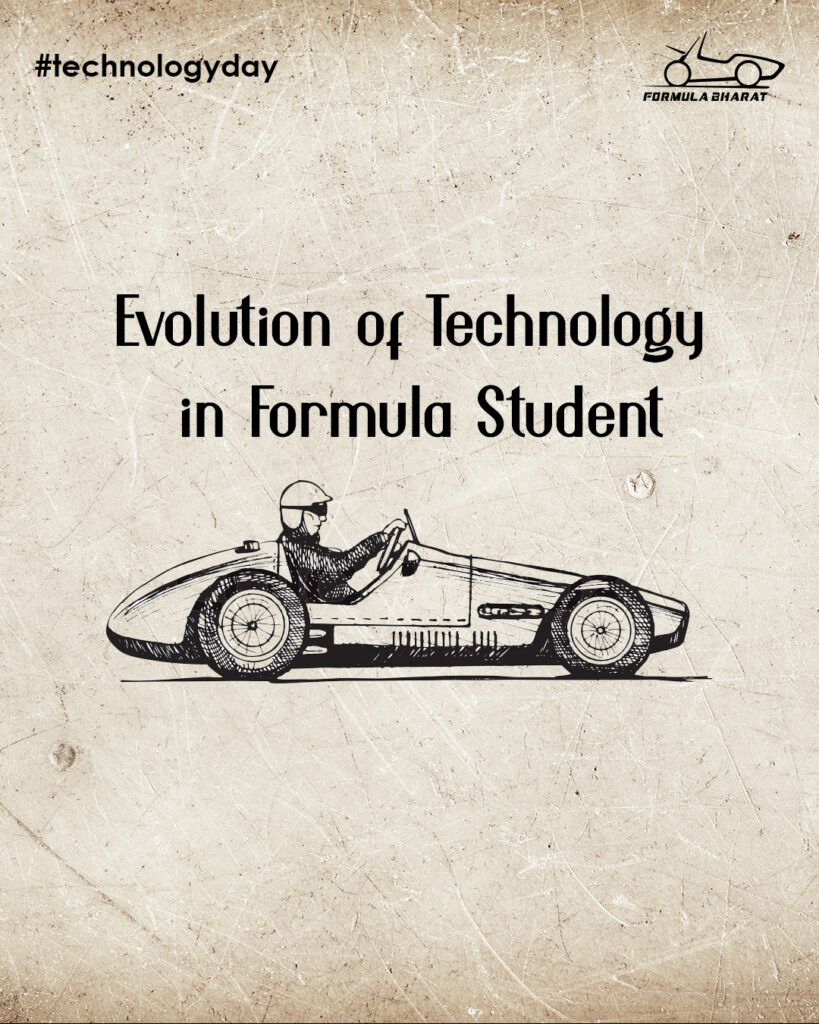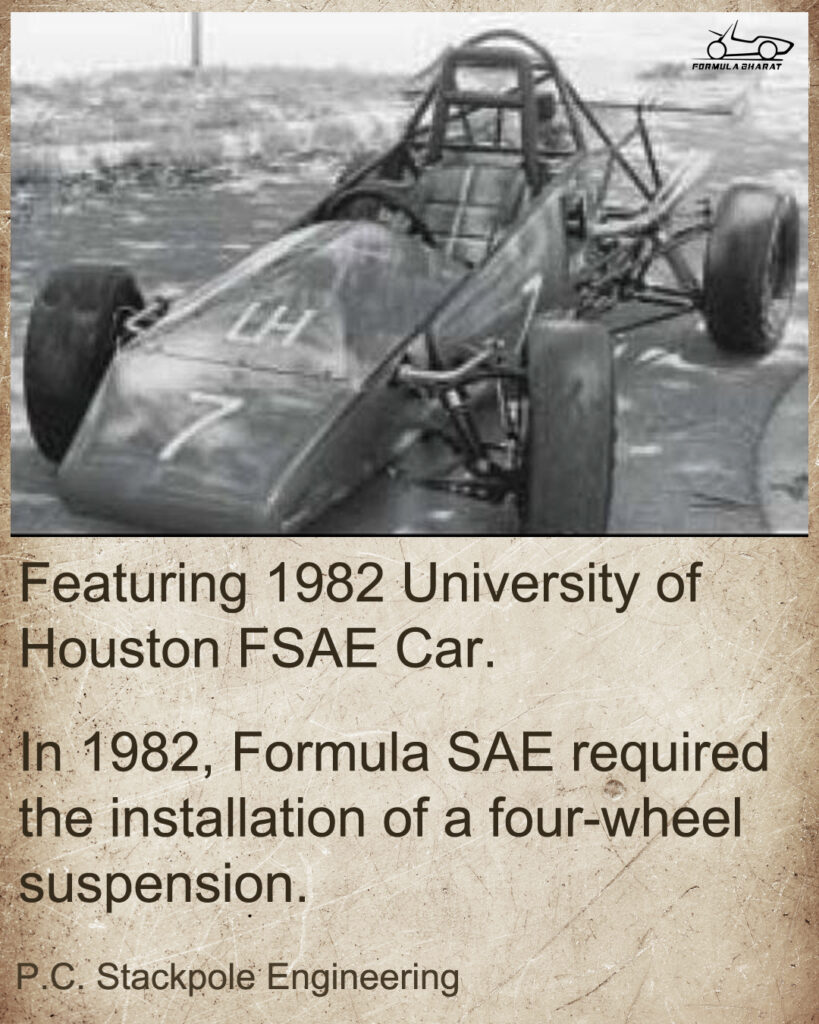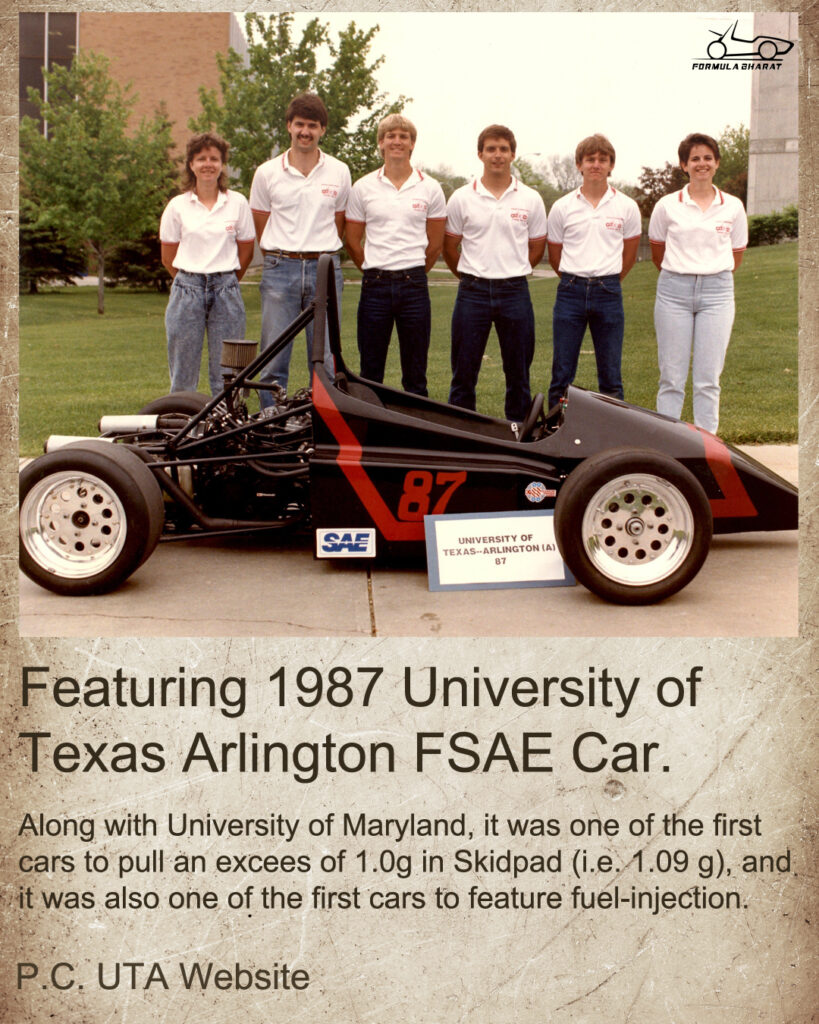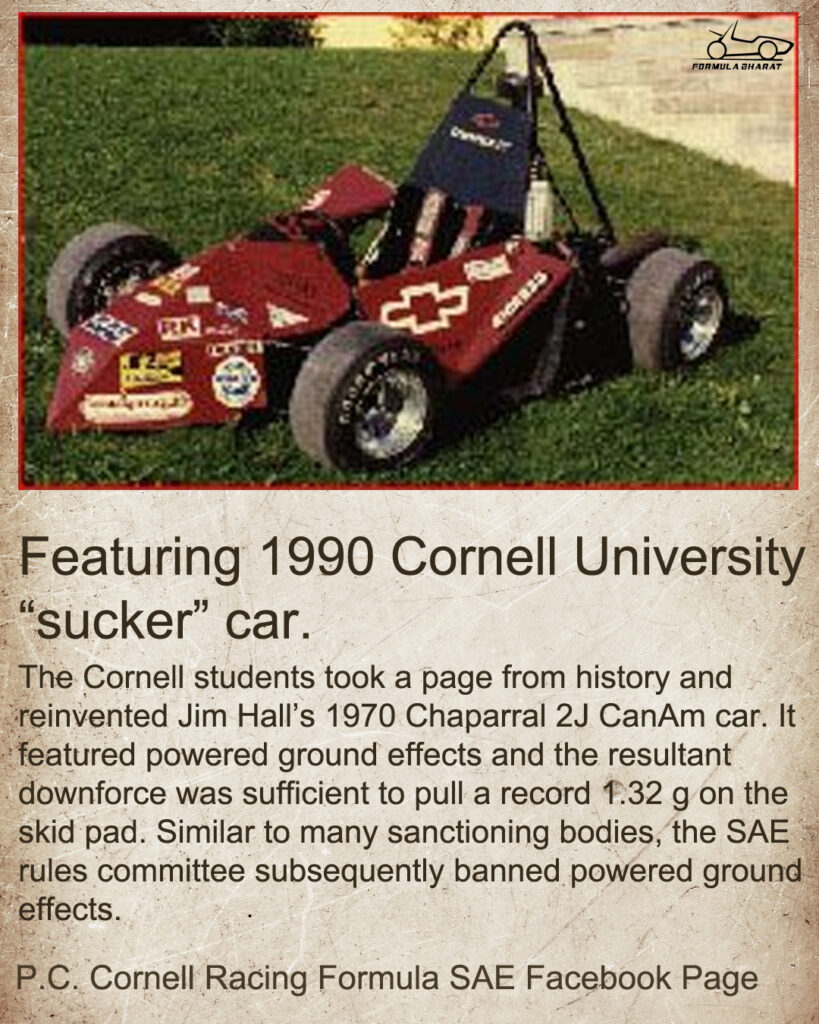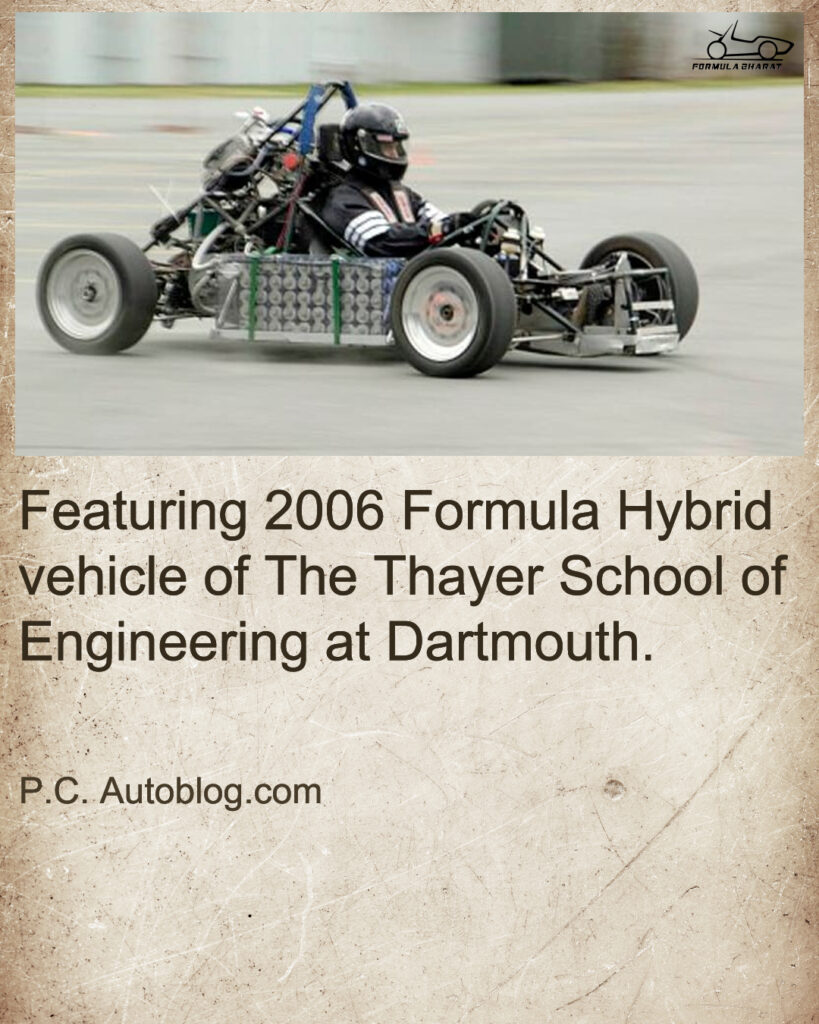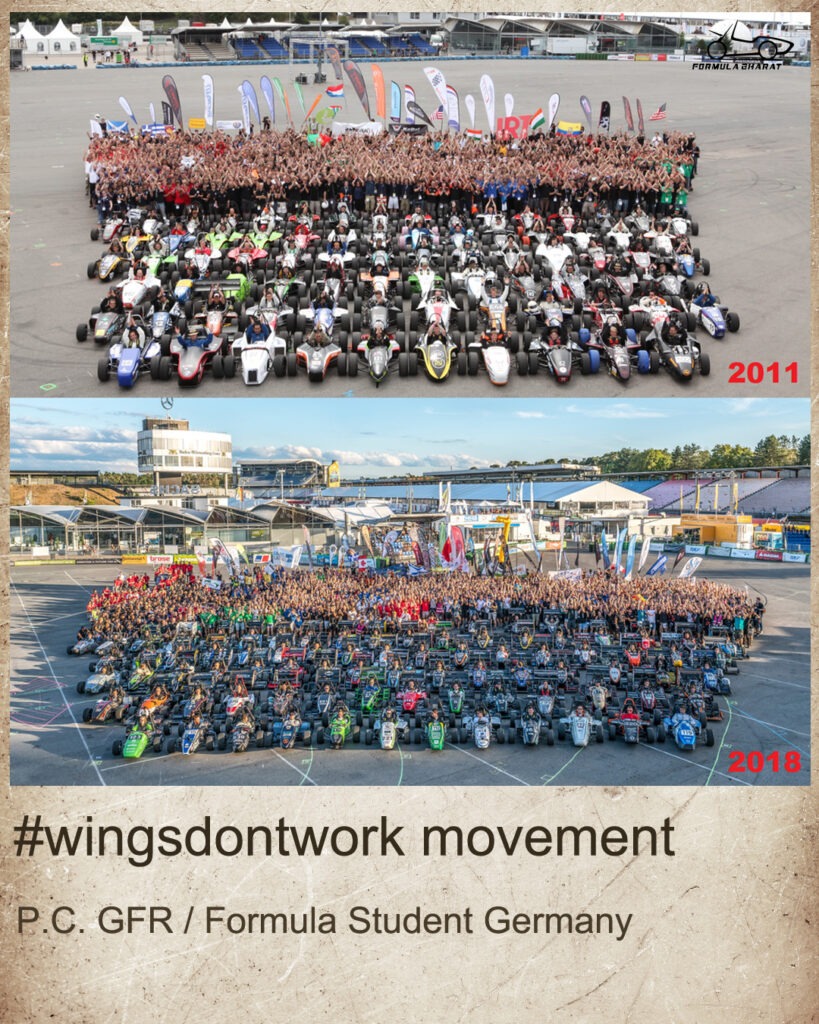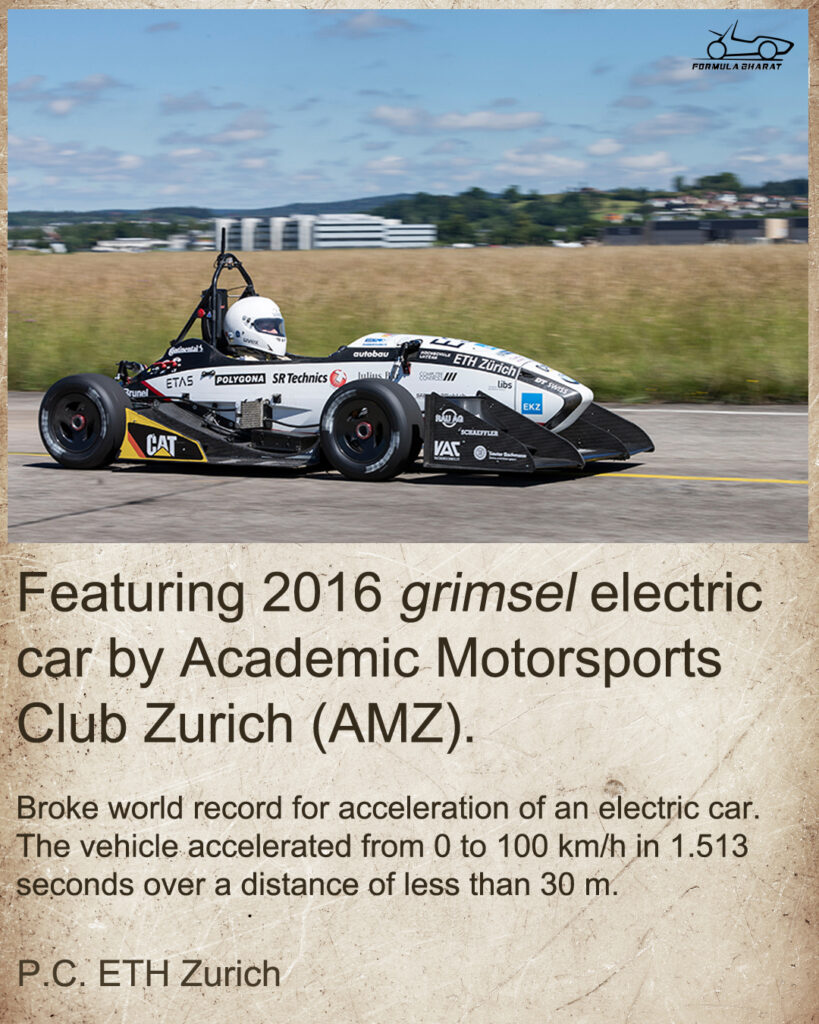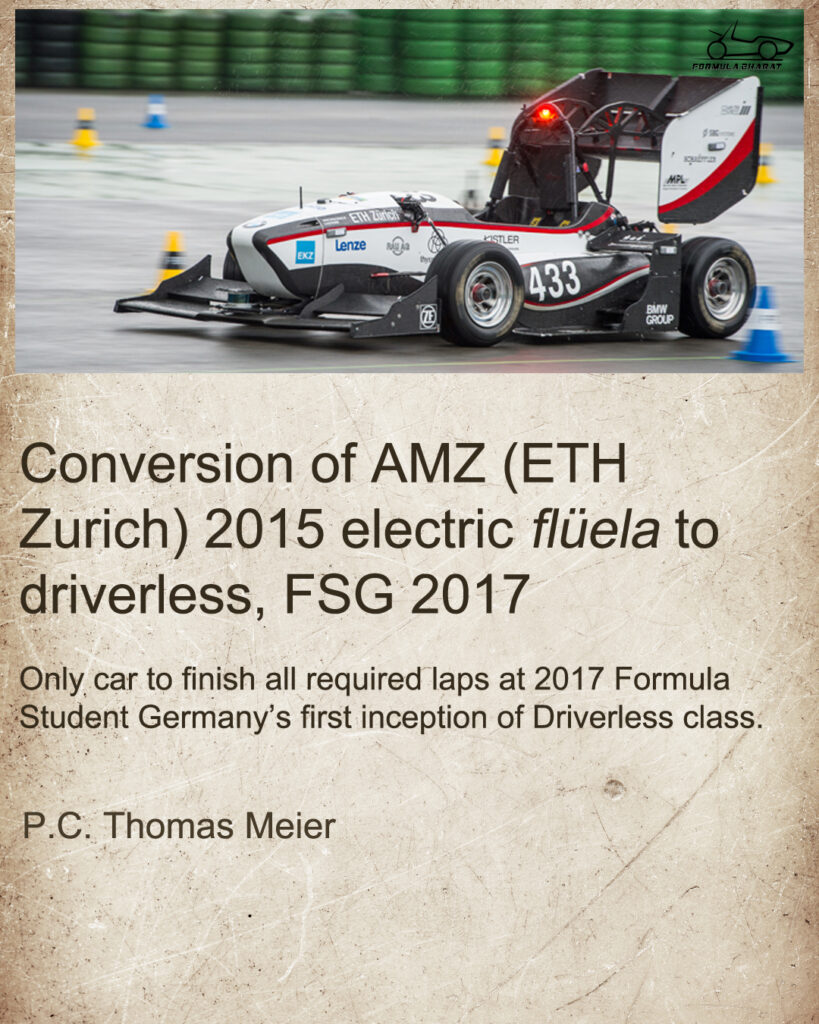Acknowledging Technology Day 2021 through the Evolution of Formula Student
5 min readTechnology has evolved rapidly in the last 30 years. From the origin of the wheel to a vehicle powered by a four-stroke engine to the use of a battery-operated powertrain, technology in the automotive world has seen many leaps and bounds. Many can attest that the concern of safety and the imposition of rules to govern the same, have compelled the industry to push the limits of creative ingenuity in engineering design to greater heights. Today being Technology Day, we wanted to focus on the first decade of the introduction of the Formula Student series which saw some of the many ‘firsts’ in its field, many of which took place through the evolution of safety rules.
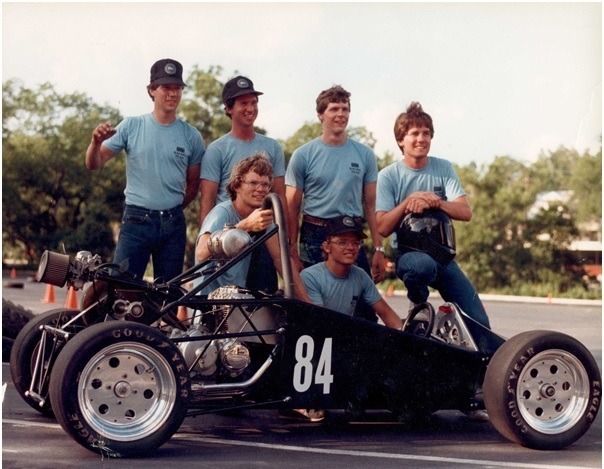
Source: https://www.utaracing.com/legacy/
Brief history of Formula SAE between 1981-19911
- 1982 – Dubbing after the Mini-Indy series, the first Formula SAE vehicles in 1981 were small and did not require suspension. As the premise of the competition was to promote engineering design education, in 1982, Formula SAE required the installation of a four-wheel suspension.
- 1983 – This year saw a powertrain variety amongst vehicles which ranged from as small as a 65-cm3 Kawasaki engine to 250-cm3 Honda engine to the 600-cm3 Honda engine (the fuel injection version of which had become a choice of engine for many over the next decade). The same year also marked the first year for an entry of a composite car; a monocoque Kevlar car from UT Austin.
- 1984 – While the first four years saw an improvement in acceleration times, the competition was seeing increasingly poor fuel economy as the students were willing to sacrifice efficiency for performance. This led to a rule change which included a 2-second-penalty applied every time a tire was lifted off the ground during a turn.
- 1985 – Statics became a part of the scoring criteria in 1985, and so was the inclusion of the cost event with the mention of this single rule, “The total project cost, excluding student labor, must not exceed $2000.” This compelled student teams to start focusing on manufacturing costs and efficient usage of materials. The same year, engine displacement was capped at 610 cm3 and an intake restriction to 23 mm.
- 1987 – Two years later, the first appearance of fuel injection was seen with the University of Maryland and UT Arlington entries. This year saw the skid pad performance reach a milestone with the first cars to pull in excess of 1.0 g: The University of Texas at Arlington (1.09), and Cornell (1.04).
- 1990 – The Cornell ‘sucker’ car featured powered ground effects and the resultant downforce was sufficient to pull a record 1.32 g on the skid pad. The SAE rules committee subsequently banned powered ground effects. This year also marked the first turbocharged vehicle to win the competition.
- 1991 – This year saw a significant use of wings on Formula SAE cars with very large wings mounted midship above the driver. Although both cars were extremely fast in the dynamic events, concern for speed and safety led to restrictions on wing size and placement in subsequent years. The year 1991 also saw, possibly, the first use of four wheel steering by Western Washington University2.
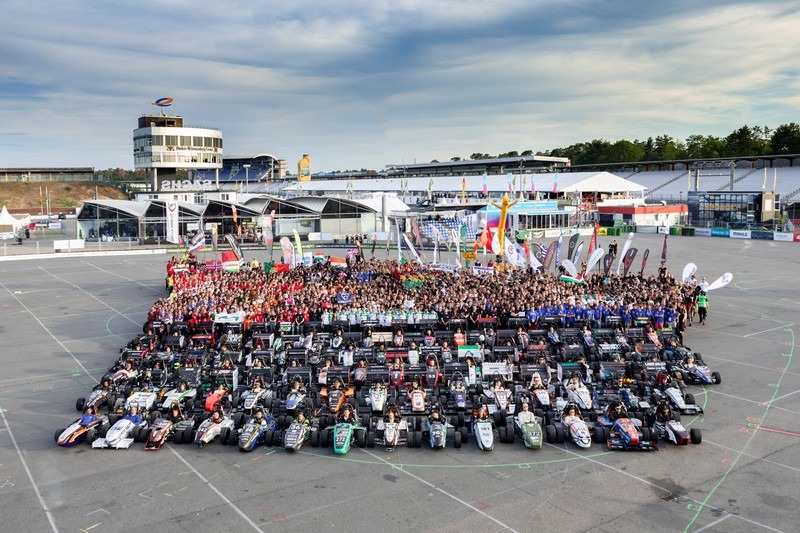
Source: https://media.formulastudent.de/2019/Hockenheim/Panoramic-Picture/i-hxz64pG
Since the first 10 years of Formula SAE, the Formula Student series has grown leaps and bounds, and has surfaced new competitive platforms in more than 13 countries and a participation of more than 400 teams globally. A few advancements both in competition platforms and student teams are shared below.
- In 2001, Brunel Racing designed a full carbon fibre monocoque, which claims to be the first in the FS series3.
- The Formula Hybrid series was launched in 2006 by the Thayer School of Engineering at Dartmouth4.
- In 2010, Formula Student Germany launched the Electric class5.
- From 2011 onwards, the #wingsdontwork movement saw a gradual shift in the once popular notion that aero packages do not add value to the team’s performance on track.
- In 2016, the grimsel electric car developed by students at ETH Zurich and Lucerne University of Applied Sciences and Arts, broke the world record6 for acceleration by an electric car. The vehicle accelerated from 0 to 100 km/h in 1.513 seconds over a distance of less than 30 m. No large-scale production car – even one with a combustion engine – had reached a comparable acceleration at the time. The previous world record stood at 1.779 seconds and was set in 2015 by a team at the University of Stuttgart.
- The year 2017 saw the inclusion of Driverless class at Formula Student Germany5.
- The same year saw the team from ETH Zurich complete all the required laps with its converted electric fluela to a driverless vehicle7.
Formula Student has seen technological advancements since its inception. The platform has proven to be a source of student ingenuity and a premise for exploration. This Technology Day, let us acknowledge the strides this movement has made and the progress that it has fostered.
Photos
References (for text)
- FSAE History, https://www.fsaeonline.com/page.aspx?pageid=c4c5195a-60c0-46aa-acbf-2958ef545b72
- Formula SAE – Competition History 1981 – 1996, https://www.sae.org/publications/technical-papers/content/962509/
- History of Formula SAE/Student, http://www.fsae.com/forums/archive/index.php/t-512.html?s=2f4ac3793225a1cc9fb6f05198249449
- History – Formula Hybrid, https://www.formula-hybrid.org/history
- History – Formula Student Germany, https://www.formulastudent.de/about/chronicle/
- From 0 to 100 in 1.513 seconds, https://ethz.ch/en/news-and-events/eth-news/news/2016/06/grimsel-electric-racing-car-broke-world-record.html
- The Tech That Won the First Formula Student Driverless Race, https://spectrum.ieee.org/cars-that-think/transportation/self-driving/the-tech-that-won-the-first-formula-student-driverless-race
References (for images)
- 1982 University of Houston Formula SAE car: https://www.stackpoleengineering.com/index_news.php?id=2033
- 1987 University of Texas Arlington FSAE car: https://www.utaracing.com/legacy/
- 1990 Cornell Formula Racing FSAE car: https://www.facebook.com/CornellFSAE/photos/a.266569556613/266571011613
- 2006 Formula Hybrid vehicle by the Thayer School of Engineering at Dartmouth: https://www.autoblog.com/2007/04/26/dartmouth-launches-formula-hybrid-student-design-competition/
- #Wingsdontwork image: https://www.reddit.com/r/FSAE/comments/bxc9me/wingsdontwork/
- 2016 grimsel electric car by AMZ: https://ethz.ch/en/news-and-events/eth-news/news/2016/06/grimsel-electric-racing-car-broke-world-record.html
- 2017 AMZ fluela conversion to driverless: https://www.sbg-systems.com/news/driverless-racing-car/
